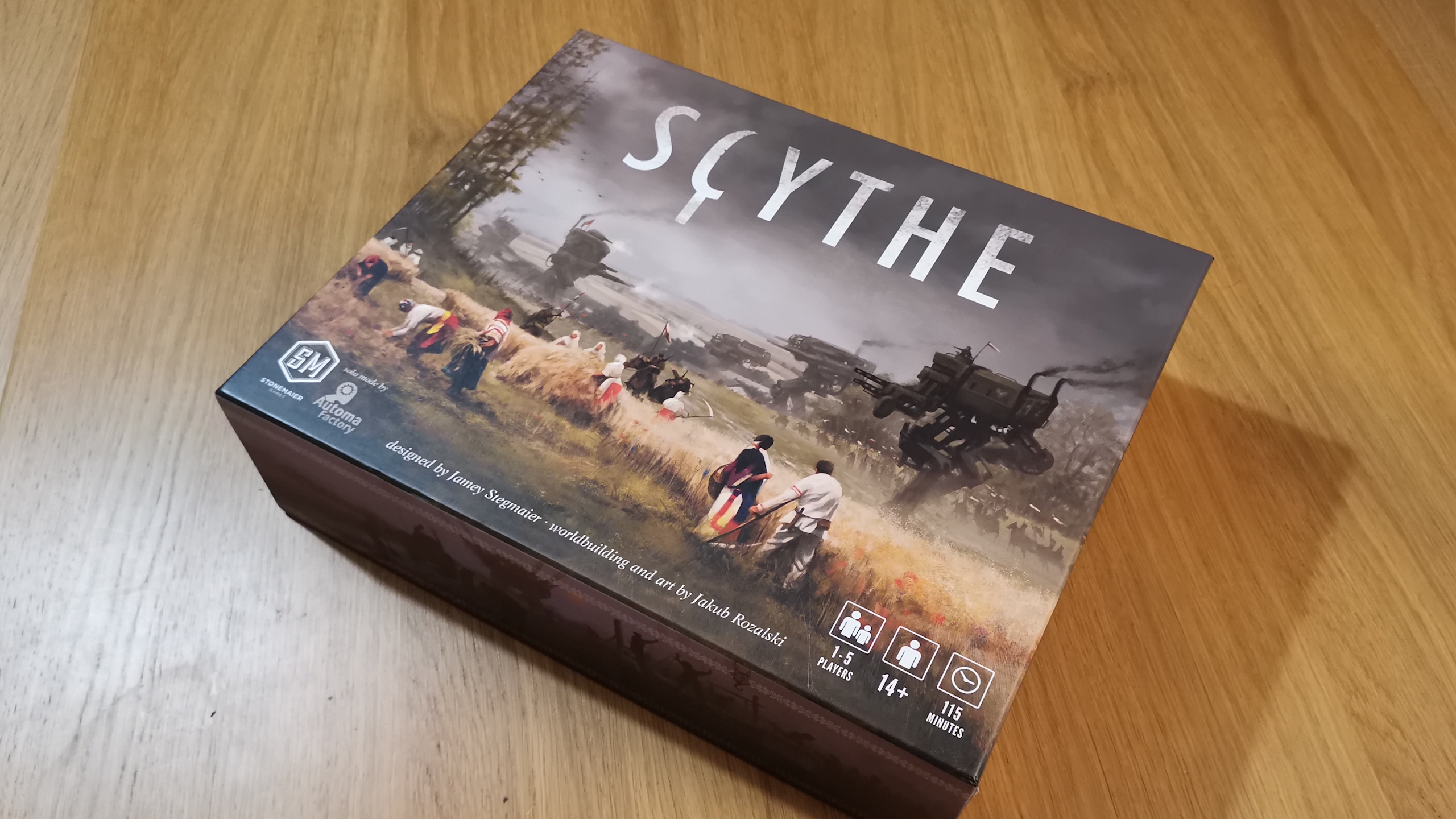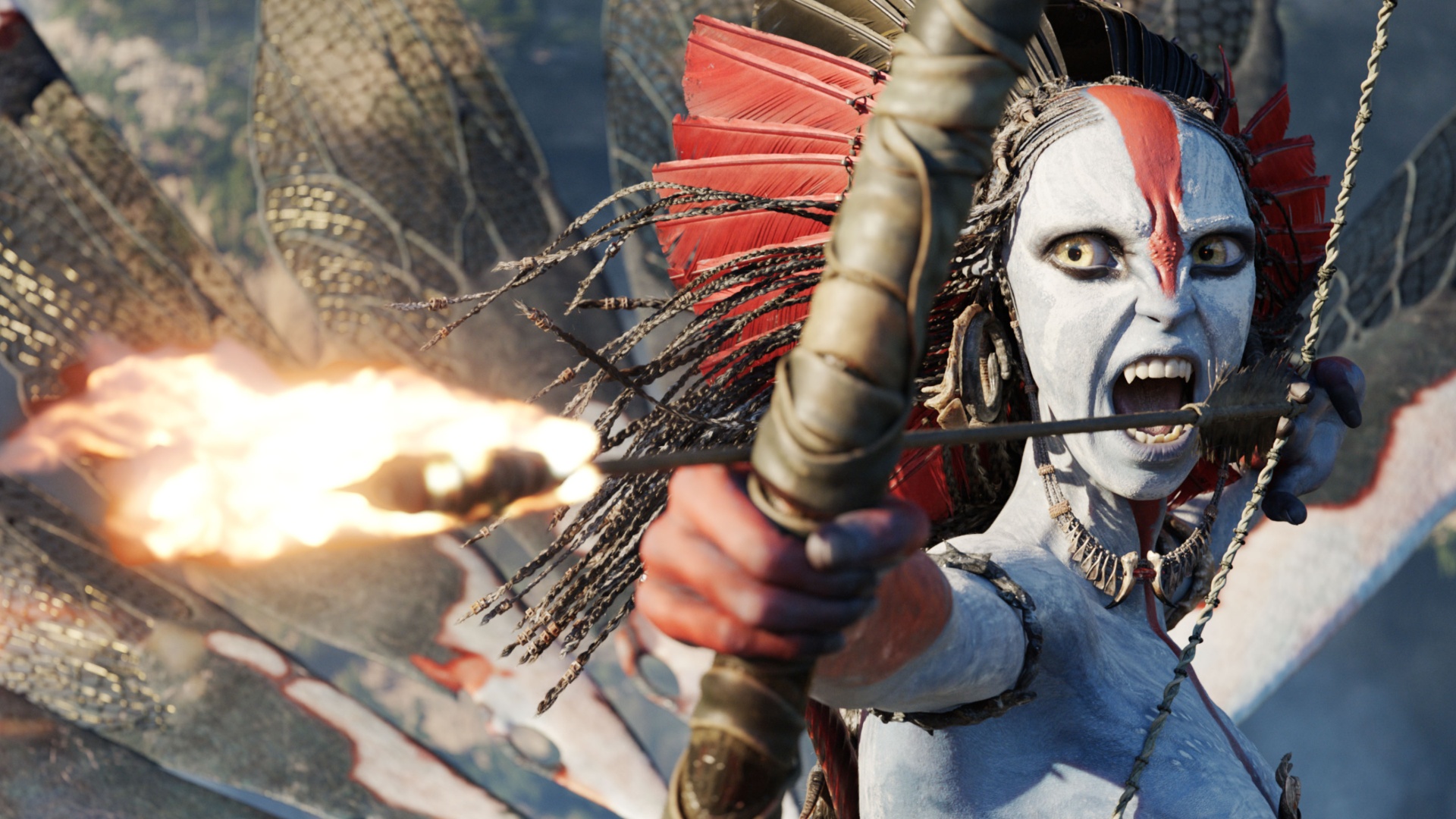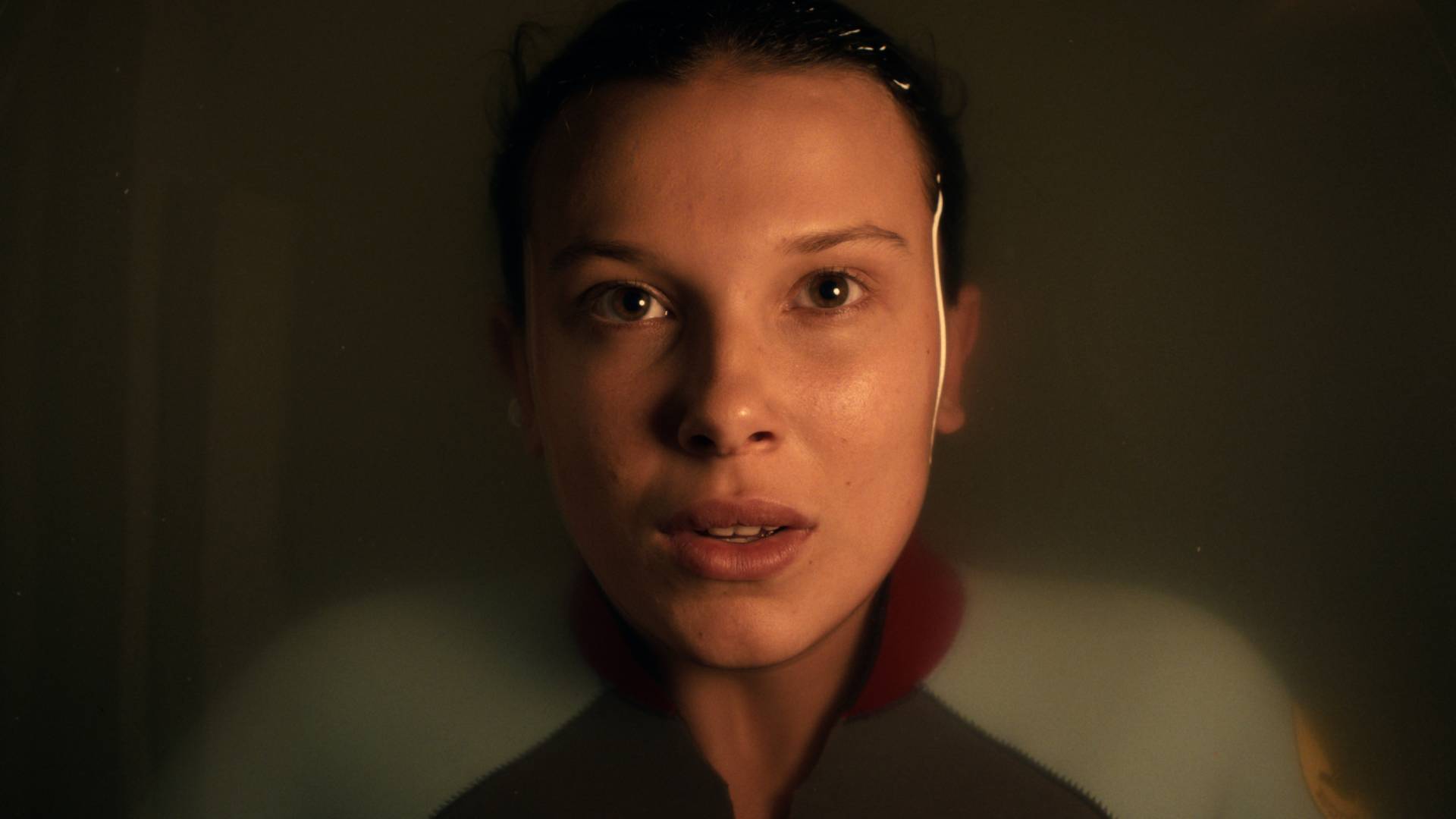Don't cry because The Order 1886 is over, smile because blasting werewolves with Nikola Tesla's high-tech weapons happened
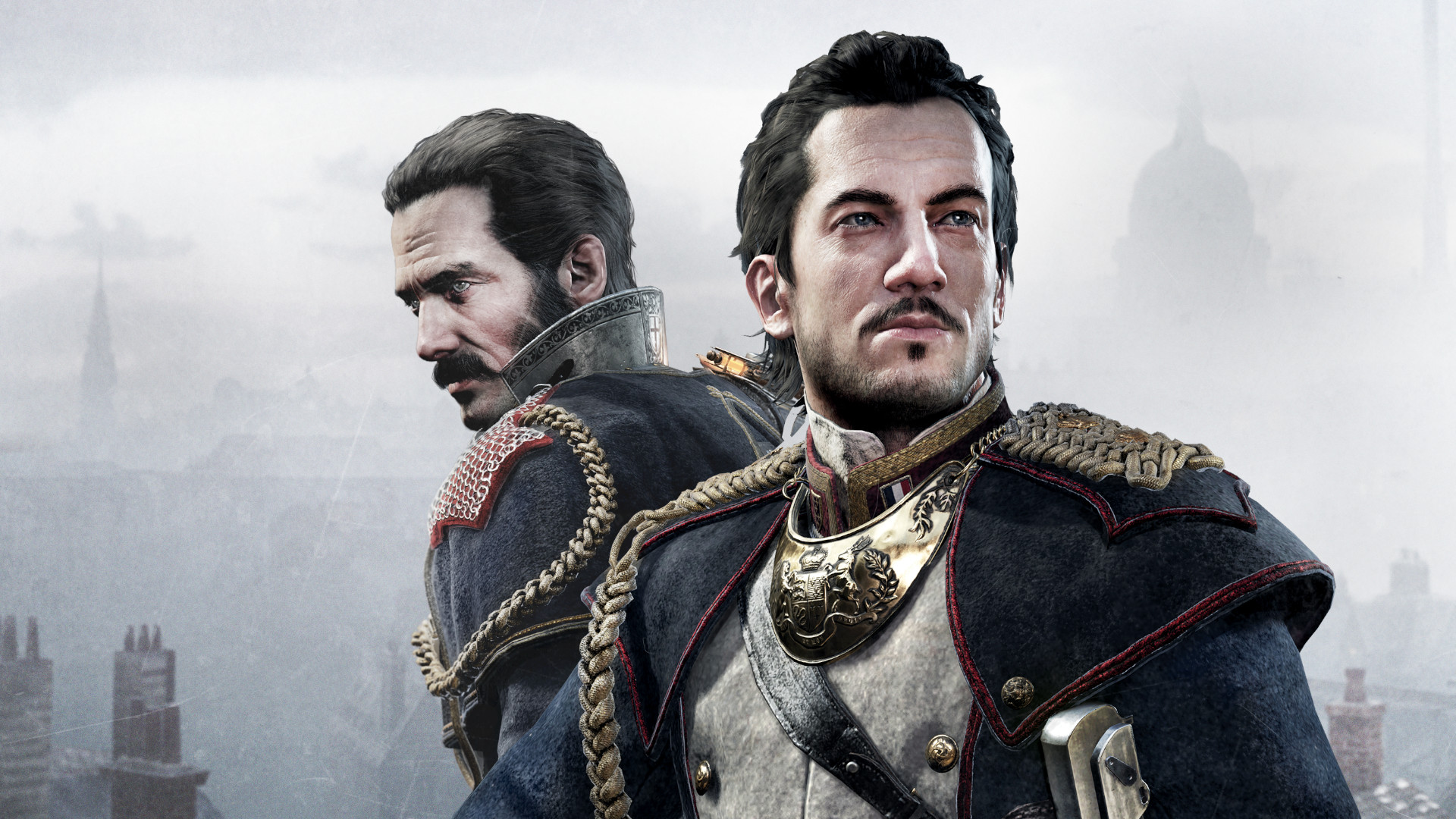
When this game was first released, it had to contend with the two words that developers fear perhaps more than any others: mixed reviews. Some critics loved it, some were left unimpressed, and some hated it with a passion that translated into truly brutal criticism. Ready At Dawn has had the last laugh; its work has stood the test of time.
One thing everybody agreed on at the time was that the graphics were impressive. Phenomenal, really; despite the fact that The Order: 1886 has passed its tenth birthday, it's no exaggeration to say that it looks better than some PS5 games today. The action takes place across locales such as the streets of an alternate Victorian London, a luxury airship, and a bloodied hospital. Each is rendered with intricate detail and skill, every second an example of remarkable technical achievement.
Compromises were undeniably made in order to reach this level of graphical fidelity, though not to the degree certain critics claimed. It's an intentionally linear experience, but there's nothing to stop you exploring the environments. Indeed, there are trophies for finding every collectible and examining every object (though no way to track them).
Order up!
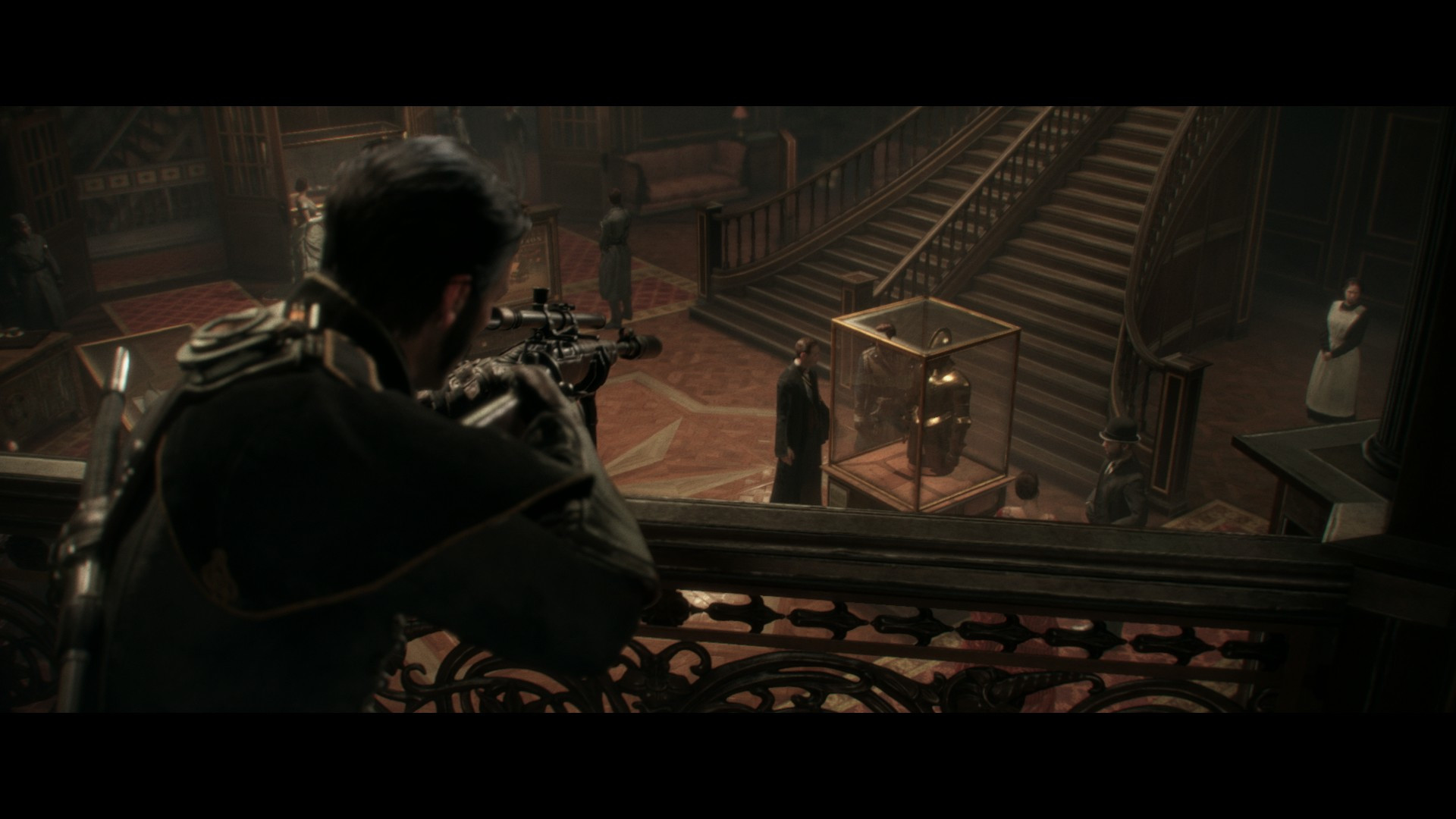
Fundamentally it's a third-person cover shooter, though the shooting makes up a surprisingly small amount of playtime. The Order: 1886 is very much a product of its time. It was released just as devs were learning how to squeeze the most out of PS4, but also just as the industry had managed to shake its infatuation with QTEs. There are a fair few QTEs here, but they don't drag things down. They're infrequent, brief, and have very generous checkpoints that ensure failure never means losing any meaningful progress.
Interestingly, its reception at launch shows how game criticism has evolved over the intervening years. A common complaint was that it was too short. Today, most critics acknowledge that not every game needs to be a 20-hours-plus adventure, and that many players even prefer games of a shorter length. The six- to eight-hour runtime of The Order: 1886 is not only perfectly reasonable, it sits in the ideal sweet spot for many time-starved people.
A little Knight music
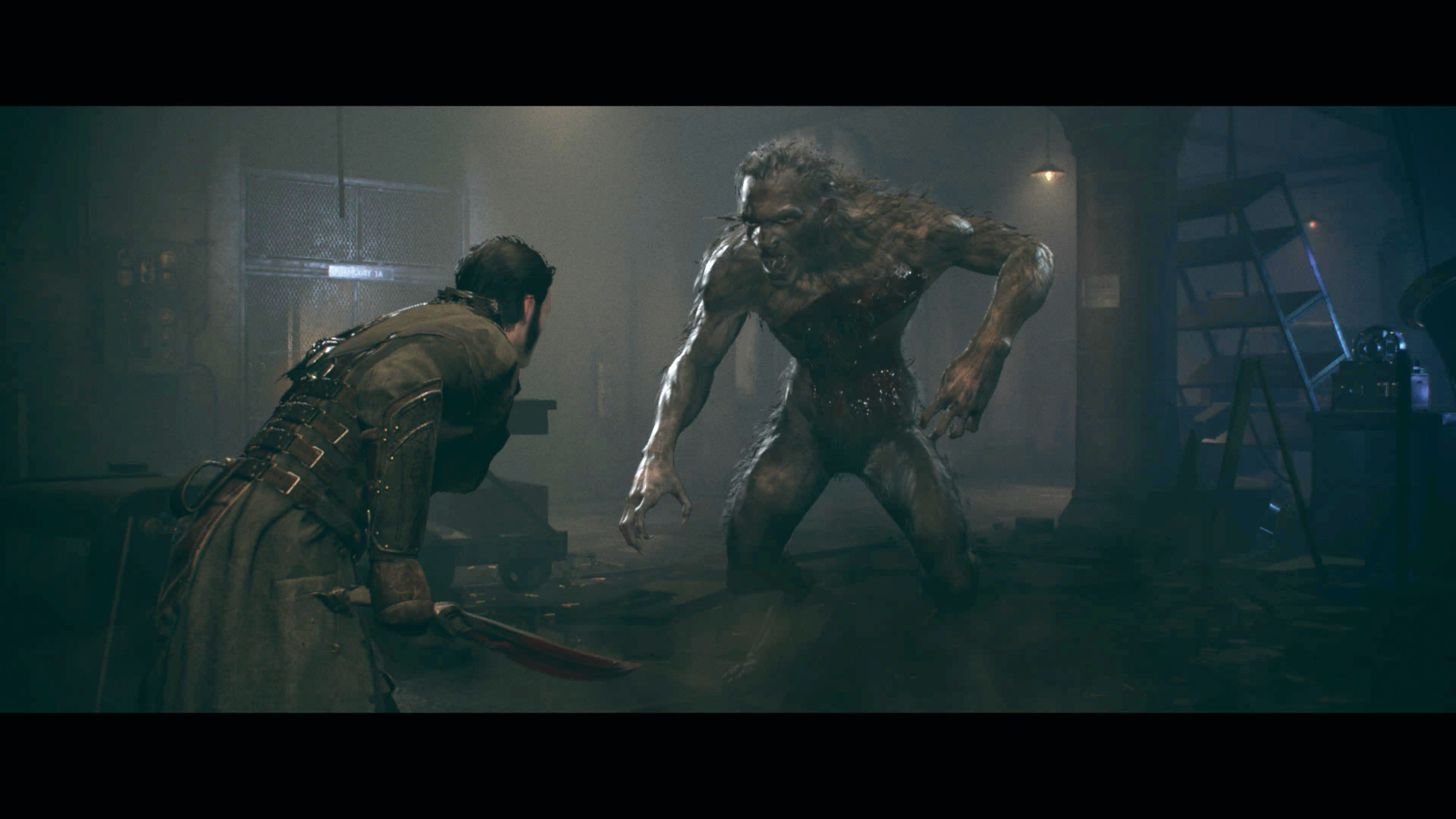
The game sounds as good as it looks, which is no mean feat. The mournful orchestral score by prolific composer Jason Graves sets the tone of this dark, alt-history adventure perfectly. And the acting? The acting is fantastic. It's no surprise that the cast includes people with Hollywood experience, while those primarily known to the audience for their work in games give performances that stand shoulder to shoulder with the rest. Good acting and good music do not age, and both are exceptional here.
With so much time and money spent on graphics and cast members, you'd be forgiven for suspecting that the script is a sub-par rush. With the dust of the criticism from some quarters long since settled, it's clear this is not the case. The fundamentals alone are compelling. In an alternate Victorian-era London, a group of warriors known as The Order, who take on the names of King Arthur's knights, fight to keep the world safe from "half breeds" such as werewolves and vampires. Steampunk technology abounds, and Nikola Tesla (played by future Spider-Man Yuri Lowenthal) provides them with gadgets.
Weekly digests, tales from the communities you love, and more
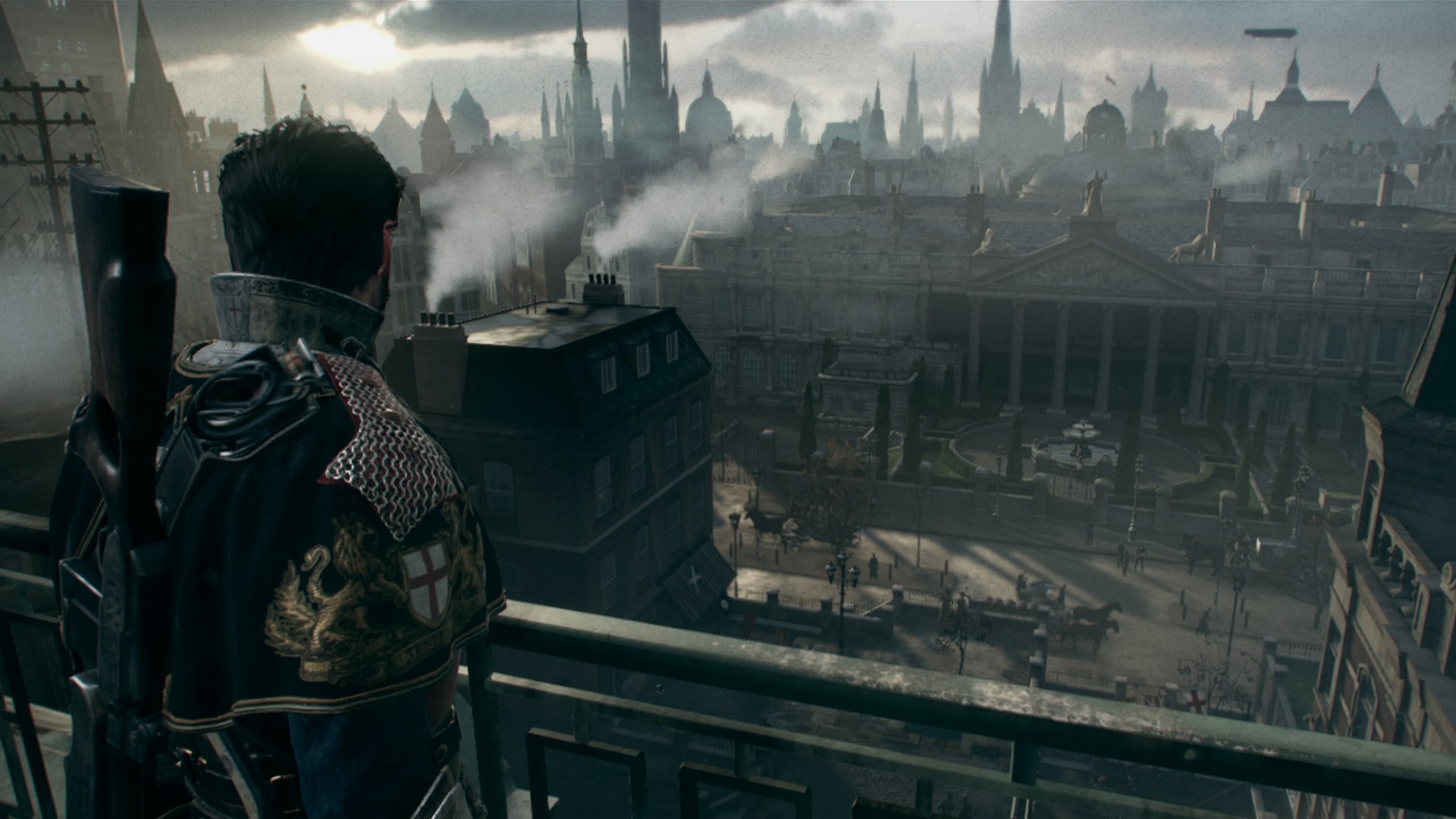
The story shows its teeth when – spoiler! – the human anti-order rebels are revealed to be the good guys. We mention this because The Order: 1886 is a rare example of a game that criticises sections of its historical setting (albeit indirectly). The game's United India Company is based on the East India Company, which was instrumental in colonisation and slavery. When the UIC is revealed to be planning to transport vampires across the world, it's hard to deny that the idea of sending parasitic bloodsuckers to foreign lands is saying something about our history.
By the end, it's clear that The Order: 1886 was intended to be the beginning of a new series, and it saddens us that this never came to pass. While it's good, there's every reason to believe future entries could have been truly great.
This article originally appeared in PLAY Magazine #29, the successor to Official PlayStation Magazine. Looking for more to play? Check out our best PS4 games!

Luke contributed regularly to PLAY Magazine as well as PC Gamer, SFX, The Guardian, and Eurogamer. His crowning achievement? Writing many, many words for the last 18 issues of GamesMaster, something he’ll eagerly tell anybody who’ll listen (and anybody who won’t). While happy to try his hand at anything, he’s particularly fond of FPS games, strong narratives, and anything with a good sense of humour. He is also in a competition with his eldest child to see who can be the most enthusiastic fan of the Life is Strange series.
You must confirm your public display name before commenting
Please logout and then login again, you will then be prompted to enter your display name.
